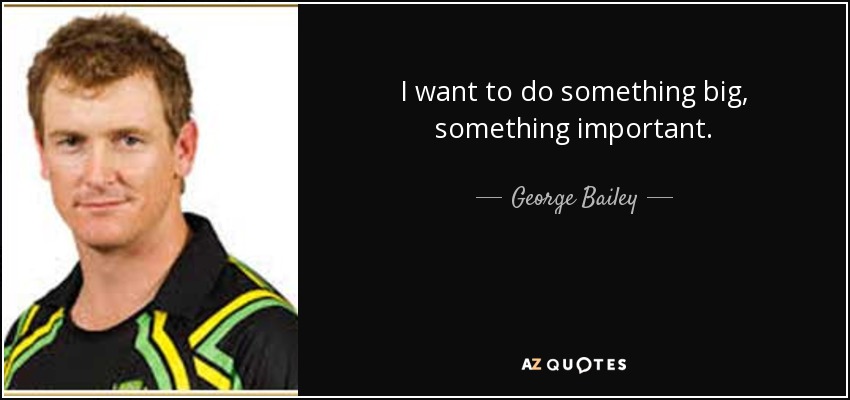
yet, in the deliberateness of these photographs that are already recollections, Leonard also embraces humanity and a certain resilience. Joanne Leonard matter-of-factly catalogs this time line, capturing for a moment the poignant immediacy of the everyday, the harsh realities of the times in which we live, and the inevitability of a tomorrow that may not remember what mattered. “Newspaper Diary” offers no absolutes but some measure alluding to continuity…what came before, “it is what it is” and a life after this one. Perhaps in some alternatte universe there eixsts another version of us, with a different end.
#INHERENT NEED TO DO SOMETHING NOTEWORTHY DEFINITION FULL#
We live in a world full of black holes, twitters and texts, and the big bang. The uncanny relationship between visual representations decades apart suggests that our uniqueness is more likely and predictable than we think, like a roll of sixes in a game of dice, or the Jack of Spades in a deck of cards…noteworthy, but not beyond replication. As a final record, the photographs themselves become object. The gravity of the book, the image, and the paper succumb to the impermanence of things.


Each photograph captures the translation from idea to volition. The works in “Newspaper Diary” are highly complex conceptually. And in this discovery comes the wrenching acceptance of what we desperately try to save and what we inevitably brace ourselves to lose in the midst of it all. These compositions exist only in the photographs they are props, mise-en-scenes. We can almost picture the artist herself drinking her coffee, reading the Times, placing cuttings of the newspaper against the pages of her favorite art book.īefore long, through a carefully considered sleight of hand, these trompe-l’oeil photographs defy all presumptions and constructs of time, upending any notion we have about history and our place in it, or some record left for posterity’s sake. They are modern and unaffected, somehow reassuring. These brave new works initially reside in the present. The significance of our books and correspondence, our histories, our love letters, our rituals are in doubt. In “Newspaper Diary: Trompe l’Oeil Photographs,” Leonard continues the conversation. A hint of color, texture, pattern, a passage of text ignites the images, alluding to that place of seismic instability, where all breaks away. The materiality of her photographic collages juxtaposes the flat, two-dimensional surface with the luridness of unexpected combinations. Leonard’s use of collage reiterates this back and forth between public and private, past and present, real and imagined. Her own narratives and the reign of the world’s events are in overlay, deeply relevant to the collective shifts of society. Joanne Leonard’s work has never been static or complacent, rather in a state of response. She taught me that value is inherent in one’s life and work, but it is also dependent on a constant vigil and endurance…a commitment to the process of becoming. It wasn’t until years later that I recognized her tremendous influence on my own artistic practice. She was perhaps the first person I’d ever known and the only art professor at the time (most were men) that spoke of empowerment, feminism, the strength and potential impact of our own stories, ideas, and imaginations. I was her student at the University of Michigan, just beginning to explore my own voice as a young woman and an artist. Saturday WHERE: Institute for the Humanities, 202 South Thayer Street, Suite 1111, Ann Arbor WHAT: “Newspaper Diary: Trompe l’Oeil Photographs” by Joanne Leonard ( VIEW EXHIBITION CATALOG) WHEN: Thru May 31 8 a.m.

Her photographs are as much about what matters as the mattering, profoundly personal and conversely starling in their entirety. Joanne Leonard is an artist who has always offered a view into the room, cataloguing the small details, the countertop, toys strewn about the floor, a lover asleep on the bed, the dream of a window, and the house not quite ready for company. Both the act of photographing and the resulting images of this inner world serve as record of the human trace and the value of our own human experiences.


 0 kommentar(er)
0 kommentar(er)
